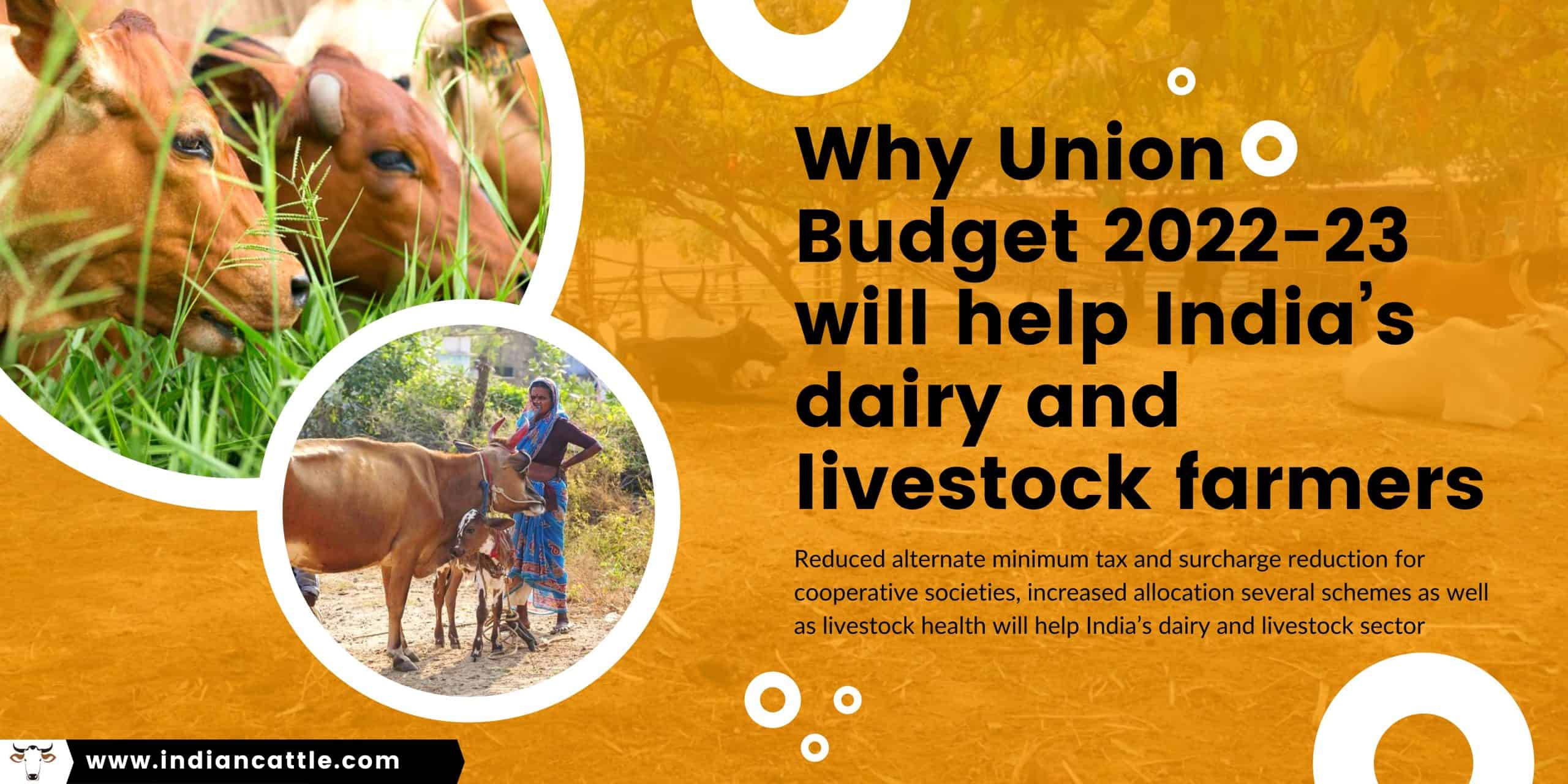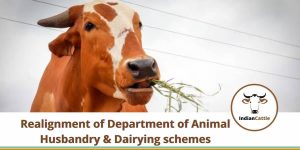
Why Union Budget 2022-23 will help India’s dairy and livestock farmers
Union Budget 2022-23 is expected to boost the dairying and livestock sector with a host of measures to make it sustainable amid the ongoing COVID-19 pandemic.
Dairy is the single-largest Agri commodity in India. It contributes five per cent to the national economy and employs 80 million dairy farmers directly.
A revival in economic activities, increasing per capita consumption of milk and milk products, changing dietary preferences, and rising urbanization in India, has driven the dairy industry to grow by 9-11 per cent in 2021-22.
The industry has witnessed a steady recovery in consumption across end segments after being hit by COVID-19. The livestock sector has grown at a compound annual growth rate (CAGR) of 8.15 per cent over the last five years ending 2020.
Milk output has grown at a 6.2 per cent CAGR to 209.96 million tonnes in 2020-21, from 146.31 million tonnes in 2014-15. The organised dairy segment, which accounts for 26-30 per cent of industry (by value), has seen faster growth, compared to the unorganised segment.
Growth in the liquid milk segment, which accounts for over half of the dairy industry, is likely to remain stable (six-seven per cent). The majority of value-added dairy products categories are estimated to grow by 13-15 per cent in 2022.
However, demand recovery of frozen yoghurt and ice cream is slow, with consumers’ aversion for cold dairy products post-pandemic. Skimmed milk powder prices are likely to improve, with the expected recovery in demand during festive seasons.
This will lead to the liquidation of stocks in this financial year. Raw milk procurement prices, which were subdued last year due to weak demand, have increased in the current fiscal, supported by a recovery in demand.
The industry remains supported by the government’s continued support and favourable cost of funds, leading to growing processing capabilities.
Budget’s role
Border villages in northern India with a sparse population and limited connectivity, have been covered under the ‘New Vibrant Villages Programme’ in the new budget.
Some 95 per cent of livestock farmers are concentrated in rural India. Hence, infrastructure development under the Vibrant Villages Programme will play a significant role in enhancing market access for these livestock farmers.
Reduced alternate minimum tax and surcharge reduction for cooperative societies from 18.5 per cent to 15 per cent will benefit thousands of dairy cooperatives in India, translating into higher income for dairy farmers.
An increased allocation of 20 per cent in 2022-23 for the Rashtriya Gokul Mission and National Programme for Dairy Development is expected to help in increasing the productivity of indigenous cattle and quality milk production.
The increase in allocation for the livestock sector by more than 40 per cent for 2022-23 and the enhanced allocation for central sector schemes by more than 48 per cent shows commitment by the government for the growth of livestock and dairy farmers.
An almost 60 per cent enhancement in allocation for livestock health and disease control for 2022-23 over the previous year will ensure healthier livestock.
Incentivising digital banking, digital payments and fintech innovations will create a ripple effect in the livestock sector through greater transparency by streamlining payments during milk procurement and other services rendered by livestock farmers. A completely paperless, e-bill system will be launched by ministries for procurement.
Way forward
Dairy analogues, plant-based products and adulteration pose a major challenge and threat to the dairy industry. The new regulation for analogues and ghee standards has been amended by the Food Safety Standards Authority of India recently.
The National Dairy Development Board (NDDB) and Bureau of Indian Standards (BIS) together developed a dedicated ‘Dairy Mark’ logo as a unified quality mark across India to boost the confidence of consumers in milk and milk products.
A unified Conformity Assessment Scheme has been chalked out by BIS with the help of NDDB after extensive stakeholder consultations.
This is a novel and first-of-its-kind certification scheme, considering the perishable nature and short shelf-life of milk and milk products, as well as the extensive cold chain involved.
Awareness of clean milk production and various schemes by the Department of Animal Husbandry and Dairying and the new Ministry of Cooperatives will help dairy farmers evolve in the future.
Smruti Mohapatra is Research Fellow and JB Prajapati is the Chairperson of Verghese Kurien Centre of Excellence, IRMA, Anand.
Also, Read – Realignment of Department of Animal Husbandry & Dairying Schemes
For breaking news and live news updates, like us on Facebook or follow us on Twitter and Instagram.
Source: The article is extracted from Downtoearth.org.in, 09 Feb 2022

